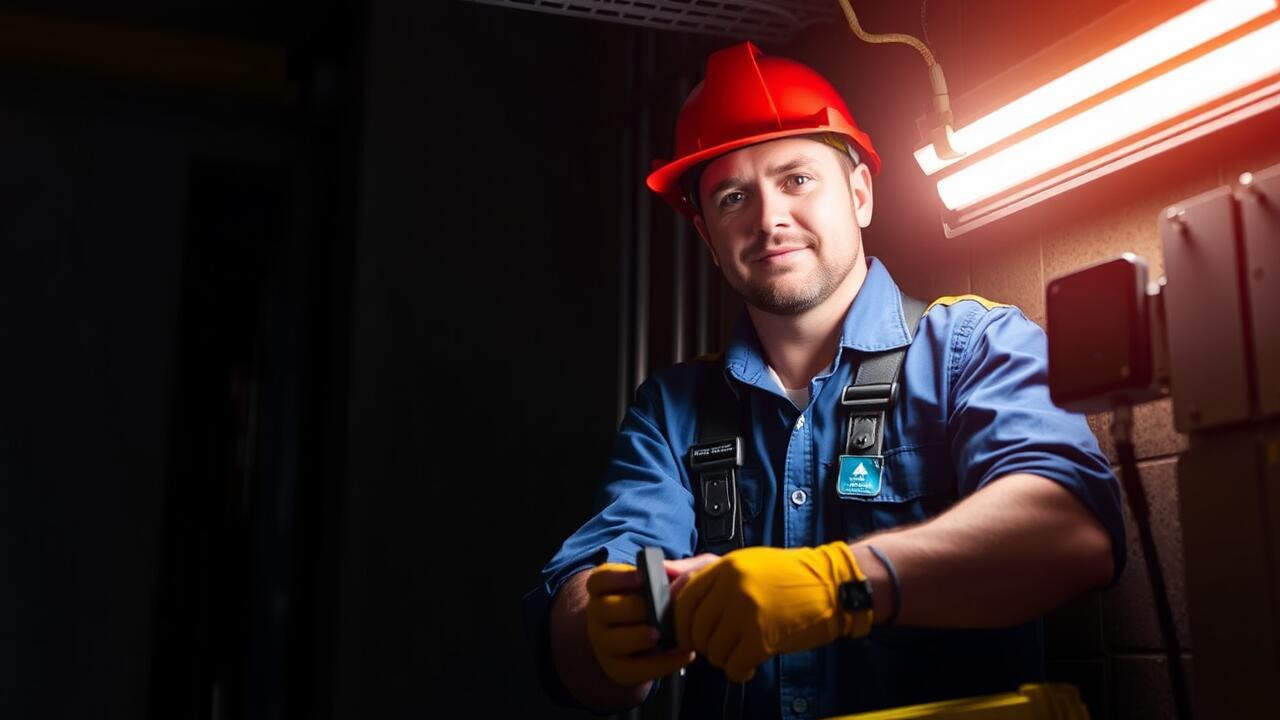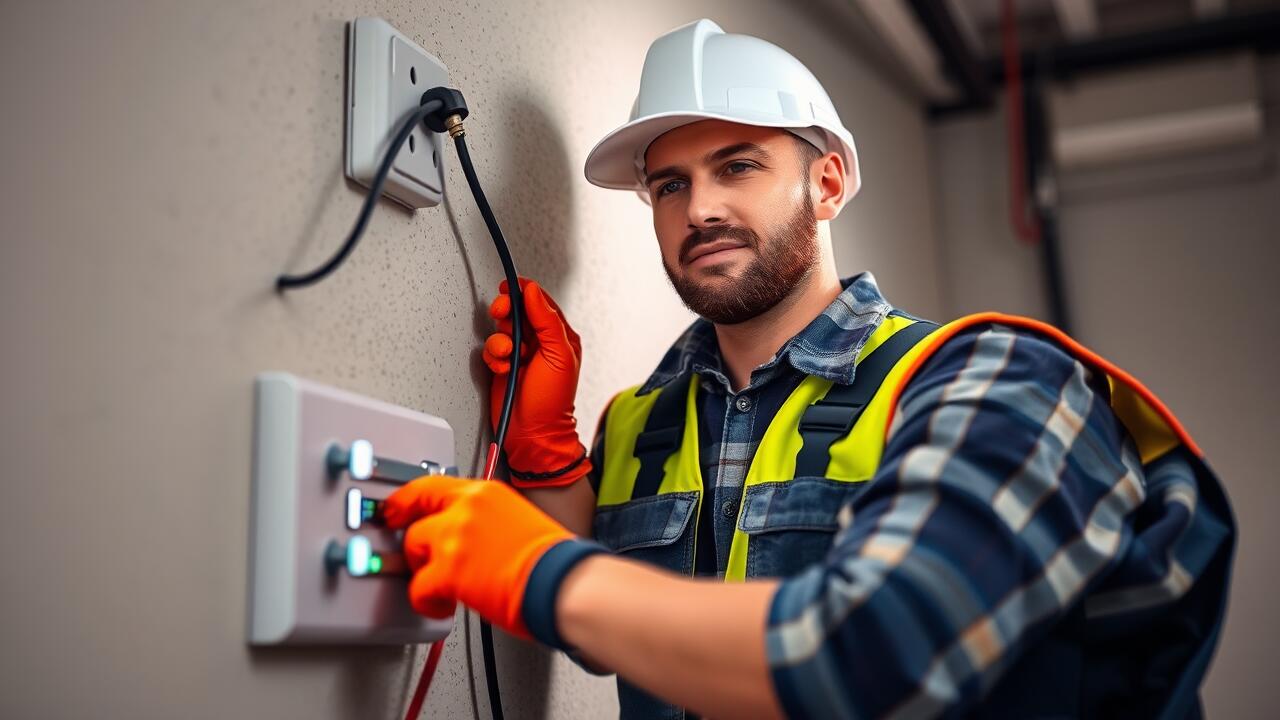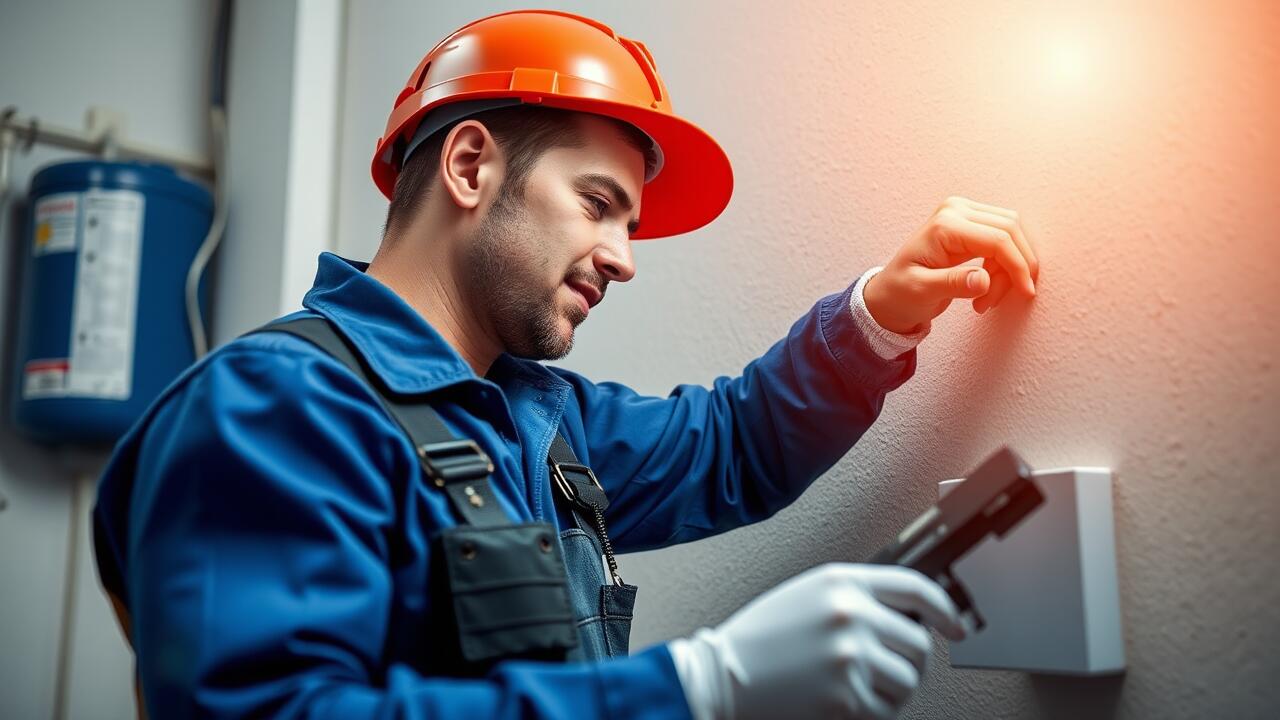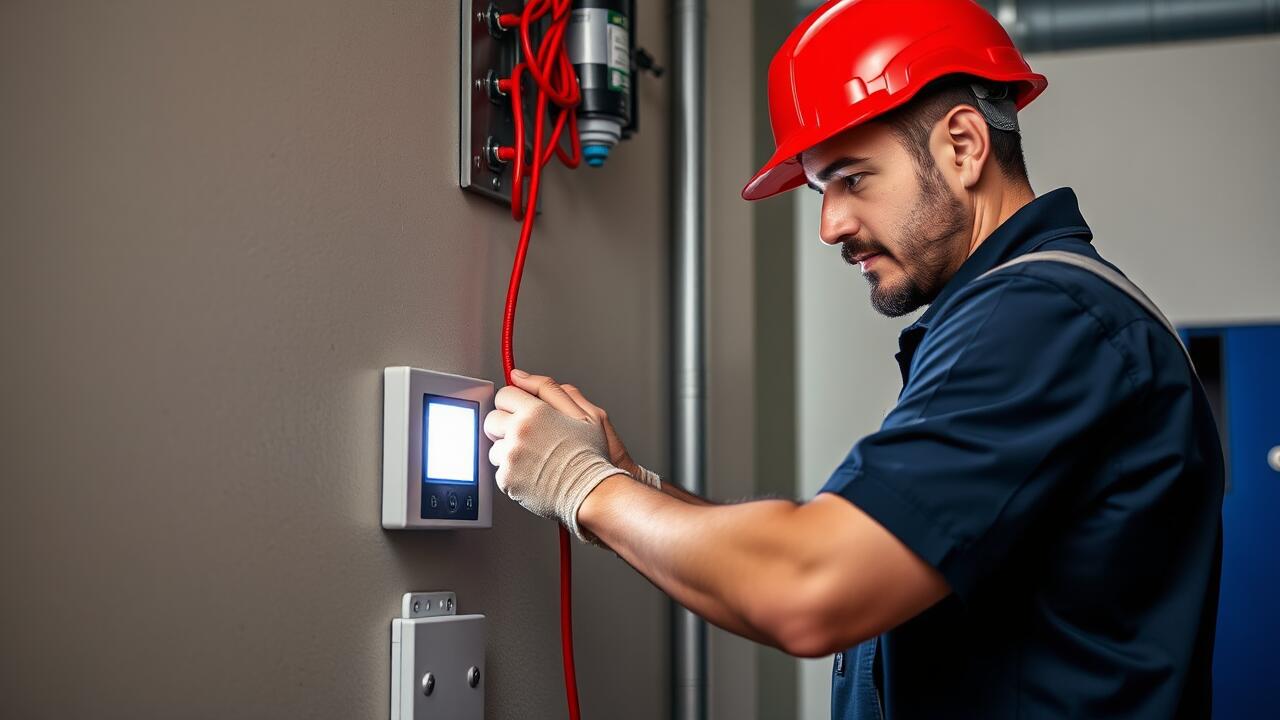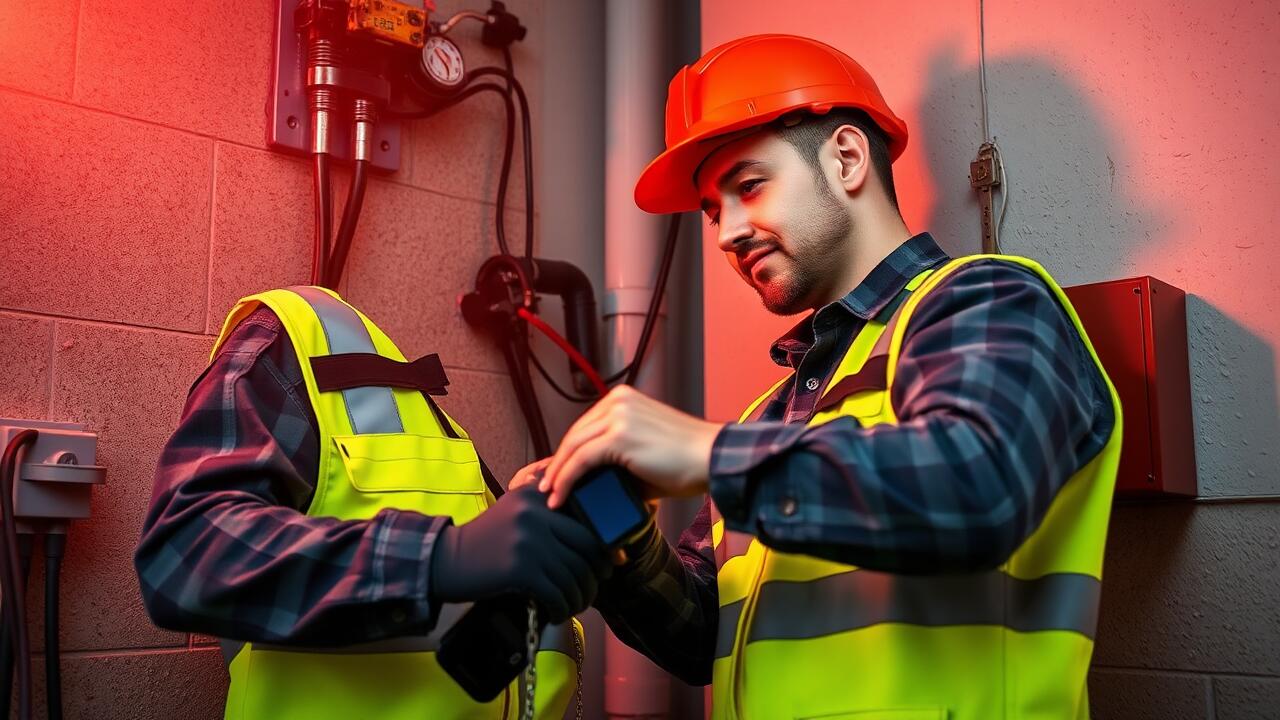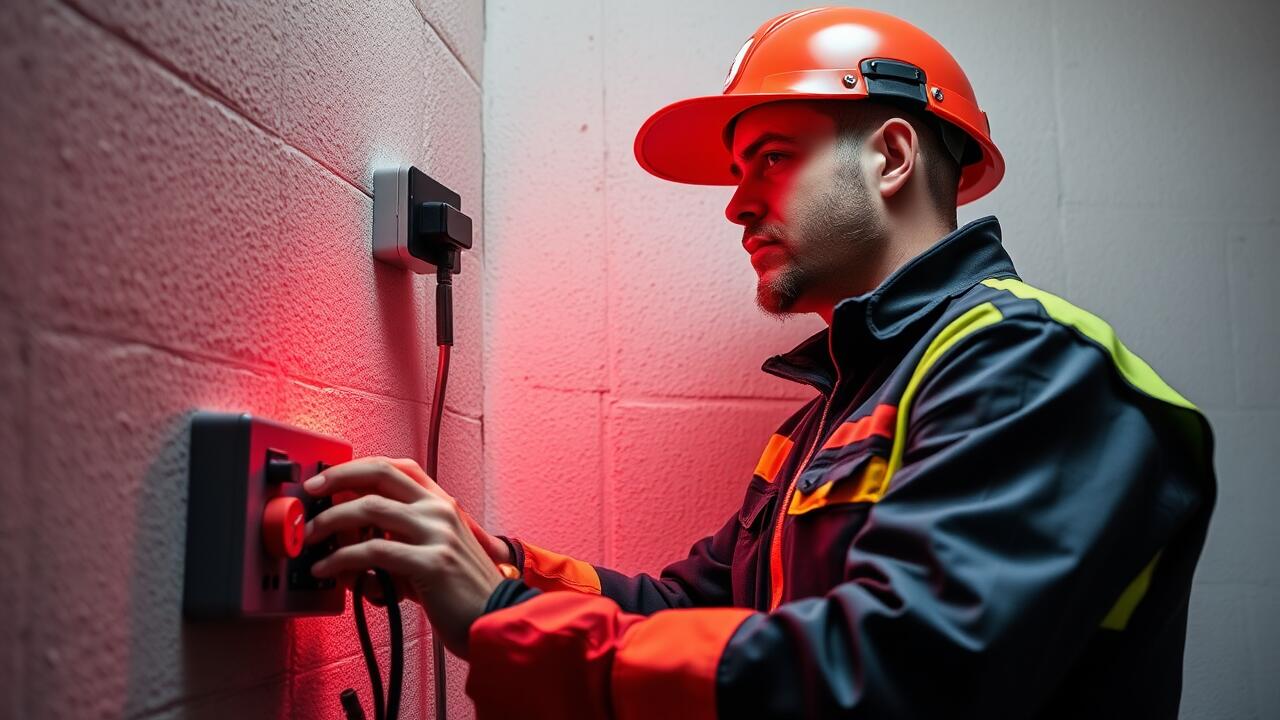
Steps for Circuit Breaker Replacement
Replacing a circuit breaker involves a series of carefully executed steps to ensure safety and functionality. Begin by turning off the power to the circuit at the main service panel to prevent any electrical shock. Use a voltage tester to confirm that the power is completely off before proceeding. Once verified, remove the panel cover to access the circuit breakers. Take note of the circuit's wiring arrangement to replicate it later. Proceed to unscrew the faulty breaker from its location in the panel.
After the old breaker is removed, you can install the new circuit breaker. Attach the wires to the appropriate terminals, ensuring they are tightened securely to prevent any loose connections. Once the new breaker is in place, replace the panel cover and restore power at the main service panel. If the process seems overwhelming or if uncertainties arise during the replacement, it is wise to seek assistance from an Emergency Electrician in Clear Lake City, Houston. These professionals can ensure proper installation and compliance with safety standards, giving you peace of mind.
A Detailed Guide to the Replacement Process
Replacing a circuit breaker requires careful planning and adherence to safety protocols. Start by turning off the main power supply to ensure there is no electrical flow. Next, remove the cover panel of the breaker box to access the current circuit breakers. Take note of the wiring layout as you disconnect the old breaker. Labeling the wires can help avoid confusion during reinstallation. Keep in mind that if the task seems daunting or if you encounter any issues, calling a professional, such as an Emergency Electrician in Clear Lake City, Houston, can save both time and potential hazards.
Once the old breaker has been removed, it's time to install the new one. Align the new circuit breaker with the bus bar and push it firmly into place until it clicks. Reattach the wires, ensuring each connection is secure and correctly aligned with the corresponding terminals. After confirming that everything is correctly set, replace the cover panel and switch the power back on. Monitor the breaker for any irregularities. If anything appears out of the ordinary or malfunctions, don’t hesitate to reach out to skilled professionals like an Emergency Electrician in Clear Lake City, Houston, for assistance.
Upgrading Your Circuit Breaker System
Upgrading your circuit breaker system can significantly enhance the safety and efficiency of your electrical setup. Older circuit breakers may lack the capacity to handle modern electrical demands. Increased usage of appliances and technology places a strain on outdated systems. By investing in an upgraded circuit breaker, you ensure better protection against overloads and circuit shortages. This is particularly important for homes with added smart devices or higher power needs.
Homeowners considering an upgrade should consult a certified professional. An Emergency Electrician in West University Place, Houston, can assess your current system and make recommendations tailored to your needs. They will evaluate the total electrical load and advise on the best type of circuit breaker to suit your home. With expert guidance, you can make informed decisions that enhance both safety and performance.
Why Upgrading Can Improve Safety and Efficiency
Upgrading your circuit breaker system can significantly enhance both safety and efficiency in your home. Older circuit breakers may struggle to handle the demands of modern appliances, leading to potential overloads or malfunctions. By installing newer models designed to manage increased electrical loads, homeowners can reduce the risk of electrical fires and other hazards. This upgrade also ensures compliance with current safety standards, which is crucial for safeguarding your property and family.
In addition to improved safety, upgrading circuit breakers can lead to greater energy efficiency. Newer breakers come equipped with technology that optimally manages electricity flow, minimizing waste and potentially lowering utility bills. Homeowners interested in this upgrade should consider consulting an Emergency Electrician in Kingwood, Houston. An expert can evaluate your current system and recommend the best solutions tailored to your needs, ensuring that the installation process is safe and effective.
Maintenance Tips for Circuit Breakers
Regular inspection of your circuit breakers is crucial for optimal performance and longevity. Check for any signs of wear or corrosion, which can hint at potential issues. Keeping the area around your circuit breaker box clear from clutter contributes to airflow and reduces the risk of overheating. It's also wise to ensure that the breaker is easily accessible for emergency situations. If you notice any unusual tripping or other anomalies, addressing these concerns promptly can prevent further complications.
Consider scheduling periodic maintenance with a qualified electrician. An expert can provide insights into whether your system meets current safety standards and identify any areas for improvement. For those who face persistent issues, contacting an Emergency Electrician in Clear Lake City, Houston can offer immediate assistance. Investing time in proactive maintenance will not only enhance safety but can also extend the lifespan of your circuit breakers significantly.
Best Practices for Longevity and Performance
Regular maintenance is essential for ensuring the longevity and performance of circuit breakers. Schedule routine inspections to check for signs of wear and tear, such as discoloration or physical damage to the breaker casing. Dust and dirt accumulation can lead to overheating, so keep the area around the circuit breaker clean. Proper ventilation helps dissipate heat, so avoid stacking items near the breaker panel. Addressing minor issues promptly can prevent more significant problems down the line.
In the event of electrical issues or frequent tripping, consult a qualified professional. An emergency electrician in West University Place, Houston, can provide a thorough assessment of your system and recommend necessary repairs or upgrades. Utilizing qualified services reduces the risk of safety hazards and extends the overall lifespan of your circuit breakers. Incorporating these practices not only enhances safety but also ensures optimal functioning of your electrical system.
FAQS
What are the signs that my circuit breaker needs to be replaced?
Common signs that your circuit breaker may need replacement include frequent tripping, a burning smell, visible damage or discoloration, and outdated equipment that doesn’t meet your current electrical demands.
Can I replace a circuit breaker myself?
While some homeowners may have the skills to replace a circuit breaker, it is recommended to hire a licensed electrician to ensure safety and compliance with local electrical codes.
Why should I consider upgrading my circuit breaker system?
Upgrading your circuit breaker system can improve safety, increase energy efficiency, and provide better protection for your home’s electrical system, especially if you have added new appliances or technology.
How often should I perform maintenance on my circuit breakers?
It is advisable to check your circuit breakers at least once a year for any signs of wear or damage. Routine inspections can help prevent potential issues before they become serious.
What are some best practices for maintaining circuit breakers?
Best practices for maintaining circuit breakers include keeping the area around the breaker box clear, regularly checking for any unusual noises or smells, ensuring breaker panels are clean and dry, and scheduling professional inspections as needed.
